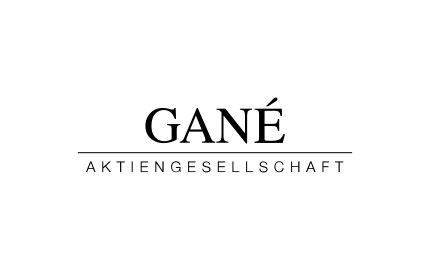ChatGPT, the AI-employed chatbot, recently responded to the question, “Why is there a distinction between value and growth stocks?” with equal speed and confidence:
“Value and growth stocks represent different investment strategies. Value investors look for stocks that they believe are undervalued and assume that the market will eventually correct these stocks to their fair value. Growth investors, on the other hand, focus on companies that have high growth potential and are willing to accept higher valuations to benefit from that growth.”
Despite our enthusiasm for the new technology, but also knowing that we should not expect any miracles, we disagree with ChatGPT’s distinction between Value and Growth.
As the event-driven value investor that GANÉ is, we believe, like Warren Buffett, that growth is an indispensable part of the value equation. Who wants to invest in a supposedly undervalued company when it is no longer growing (unless one can liquidate it)? After all, one wants to invest in an undervalued company that has a profitable and continuous growth trajectory.
Why? The value of a company corresponds to the discounted cash flows that can be withdrawn over the lifetime of the company. For GANÉ, therefore, the free cash flow, i.e. the cash surplus after deduction of maintenance investments, represents the most important key metric in corporate analysis; provided, of course, that management does not do anything stupid with cash surpluses. If free cash flows increase continuously in the preceding years, and we attach importance to this, the internal financing power of the company improves and it can invest in its further growth strategy and return capital via dividends and share buybacks. In the long term, this makes the company more attractive to investors – the share price should rise over time as the company’s value is growing.
U.S. technology companies are one good example. Since the Great Financial Crisis, the earnings of Alphabet, Apple and Microsoft have grown tremendously. However, according to ChatGPT’s definition, value investors would have had to do without precisely these outstanding companies in their portfolios. Absurd, considering the positive development of their value, i.e. the huge free cash flows and customer relevance that has been built up over the last 15 years. By contrast, alleged value classics at the time, for example various banks or the steel industry, are suffering from structural change and a loss of importance now. Although price-to-book and price-to-earnings ratios appeared attractive at the time and possibly indicated an undervaluation, value has not increased but decreased over time, because: There was no longer any growth. That’s why we don’t focus on valuation metrics that reflect the status quo, but rather look to the future of a company and keep it like Warren Buffett: “Growth and value investing are joined at the hip.”
Author:

